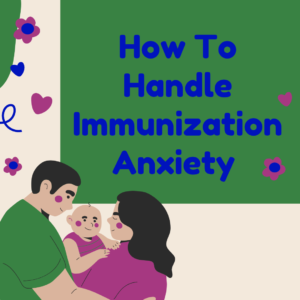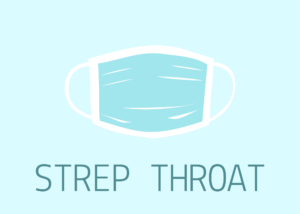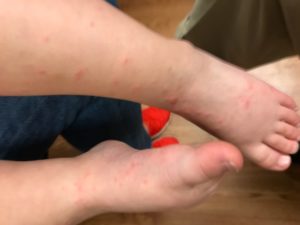Fever 101 – When to call the pediatrician
As parents we often see it coming – crankiness, sleepiness and loss of appetite followed by a fever. Here Dr. Jessica Long gives advice on when to call the pediatrician.

If there is one complaint or concern that pediatricians get called about the most, it’s fever. They’re rough – kids are miserable with them, parents are worried about them, and there’s a lot of misinformation on the internet about them. However, I’m here to calm your fever phobia and hopefully allow you and your child to sleep a little more soundly, even if her temperature isn’t 98.6 degrees Fahrenheit.
What is a fever?
Doctors consider a fever to be a temperature of 100.4 or higher., A fever is not an illness but instead a sign that your child’s body is fighting an infection – whether a virus or a bacteria – and is actually an important part of your child’s defense against these invaders. How high a fever is does not provide any clues as to what your child is fighting. A common cold can cause a child to have a temperature of 104 while strep throat might raise it to only 100.8. Don’t let a high number alarm you if your child is otherwise doing ok and likewise don’t ignore a slight fever in a child who looks ill.
What to do?
You actually don’t have to do anything. If your child is comfortable, playful, and eating and drinking well despite his 101 temperature, it’s ok to just watch and wait. However, if your child is miserable, then acetaminophen or ibuprofen (in children older than 6 months) is the way to go. Some stubborn fevers may require that you use both of those medications and it is safe to alternate them if needed. Be sure to reference a weight based dosing chart, like the one we have here at Spring Valley Pediatrics, to ensure your child is getting the correct amount of medicine. Giving too small a dose will not reduce the fever as effectively.
When your child has a fever, he will lose fluids more quickly. Be sure to encourage lots of drinking to avoid dehydration and call your doctor if he is crying without making tears, has a dry mouth or lips, or is not urinating frequently.
When to call your pediatrician
If your baby is under 3 months old and has a rectal temperature of 100.4 or higher, call your pediatrician right away. Fever and illness can be more serious and progress faster in younger infants so do not hesitate to wake your physician in the middle of the night if your baby has a fever.
If your older child has fever as well as other symptoms – a stiff neck, severe headache or sore throat, rash, repeated vomiting or diarrhea, signs of dehydration – or is unusually drowsy or fussy, give your pediatrician a call. If your child’s fever continues for 3 days, it’s worth chatting with your doctor about whether or not your child should be brought in for a visit.
The other time to call is when you’re worried, even if your child is not experiencing any of the symptoms above. We are always happy to talk our families through any concerns. That’s what we are here for.









